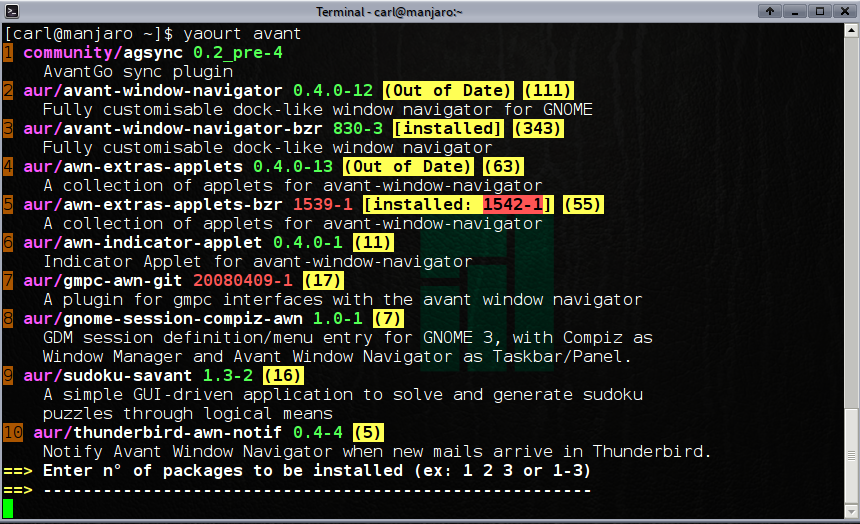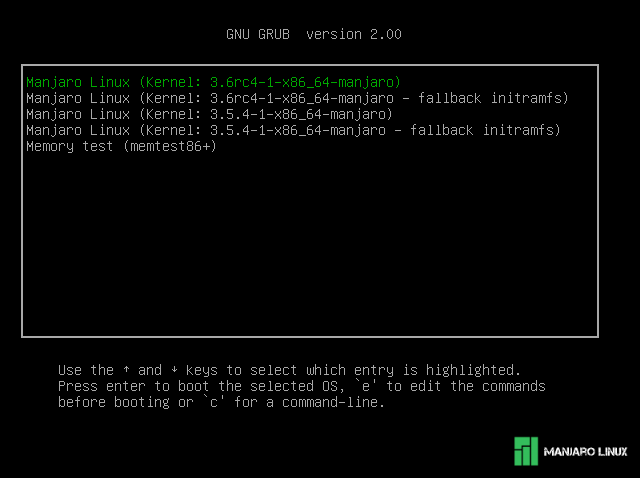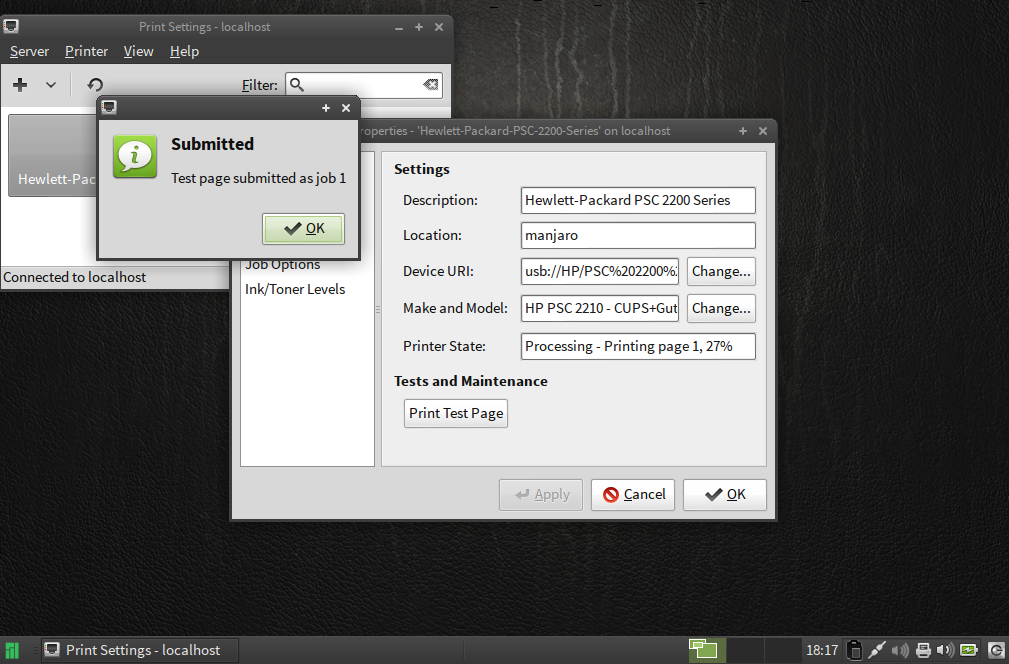Using Manjaro for Beginners
Views
Actions
Namespaces
Variants
Tools
Welcome to Manjaro!
This guide provides a brief overview of the key points it is necessary to know in order to get the most out of using the Manjaro operating system.
Automatic Desktop Notifications
Manjaro will automatically check and notify you of any updates available for your system and installed software applications, in addition to providing the very latest Manjaro-related news.
Once notified, to install new updates for your system, click on the update system button in the notification bubble. Otherwise, to see the latest news on your desktop, click on the Show News notification button in the bubble.
Searching For Software
Package Browser is a user-friendly application that can be used to search for and view information about software packages. This includes those already installed on the system, in addition to those available for installation from both the official Manjaro software repositories, and unofficially from the Arch User Repository.
This application can be selected from the System section of your desktop menu. A guide on how to use Packager Browser has been provided.
Updating the System, Installing, and Removing Software
Arch and Arch-based systems traditionally rely on the use of a command line terminal in order to undertake system-related tasks, such as updating the system and installing new software applications. Although a very powerful and versatile tool, the necessity of learning a plethora of new text-based commands and manually typing them into the terminal for use can be an intimidating prospect for many new users.
Developed exclusively by the Manjaro Team, the user-friendly Pacman-GUI (Graphical User Interface) enables users to undertake a range of common tasks with the click of a button. This application can be selected from the System section of your desktop menu. A guide on how to use the Pacman-GUI has been provided.
The Arch User Repository (AUR)
Although Manjaro is 100% Arch compatible - being based on Arch itself - it is not possible access the official repositories of the Arch System to download software. Manjaro instead uses its own official repositories in order to ensure that any software packages provided (e.g. system updates and applications) have been fully tested and are completely stable before release.
However, it is still possible to access additional software packages from the Arch User Repository (AUR), which is managed by the Arch community (i.e. users) themselves. Although this repository is unofficial, software packages first placed here are known to make their way into Arch's official repositories if they become popular enough. A guide on how to Access the AUR has been provided.
Using the Terminal
In simple terms, a terminal (or console) is an interface that allows for text commands to be entered and displayed. As it is an exceptionally powerful and versatile tool to use, Arch and other Arch-based systems are notable for relying far more heavily on their use than other (user-friendly) distributions such as Ubuntu or Mint, which have placed a greater focus on the use of Graphical User Interfaces.
While Graphical User Interfaces to undertake common tasks have been provided with Manjaro - particularly to assist new users - just as with other user-friendly distributions, it may on occasion be necessary to use the terminal to get something done. Most of the guides contained in the wiki rely on using the terminal, particularly where solving problems and tweaking the system is concerned. For those users who wish to learn more about how Manjaro works, and for those who wish to take full advantage of its versatility, it is highly recommended to learn how to use the terminal. Don't worry: it's not that hard or scary, and this wiki can be used to guide you every step of the way.
Using Multiple Kernels
A Linux kernel is the core of a Linux operating system, which acts as an interface between your computer's hardware and the applications that run on it. Manjaro not only supports the use of multiple kernels (selectable from the boot screen), but allows easy access to the very latest bleeding edge kernels as well. All available kernels installed on your system will be presented upon booting up, including backup copies of each kernel version installed.
A guide on how to manage kernels has been provided.
Adding Printing Capabilities
While optional, adding printing capabilities is highly recommended.
Full instructions on installing the necessary software are provided in the Printing Enablement guide.
Once the necessary software has been installed - and printing capabilities have been enabled - printers can be added and configured using the Printer Configuration guide. Links have been provided in both guides to return here.


